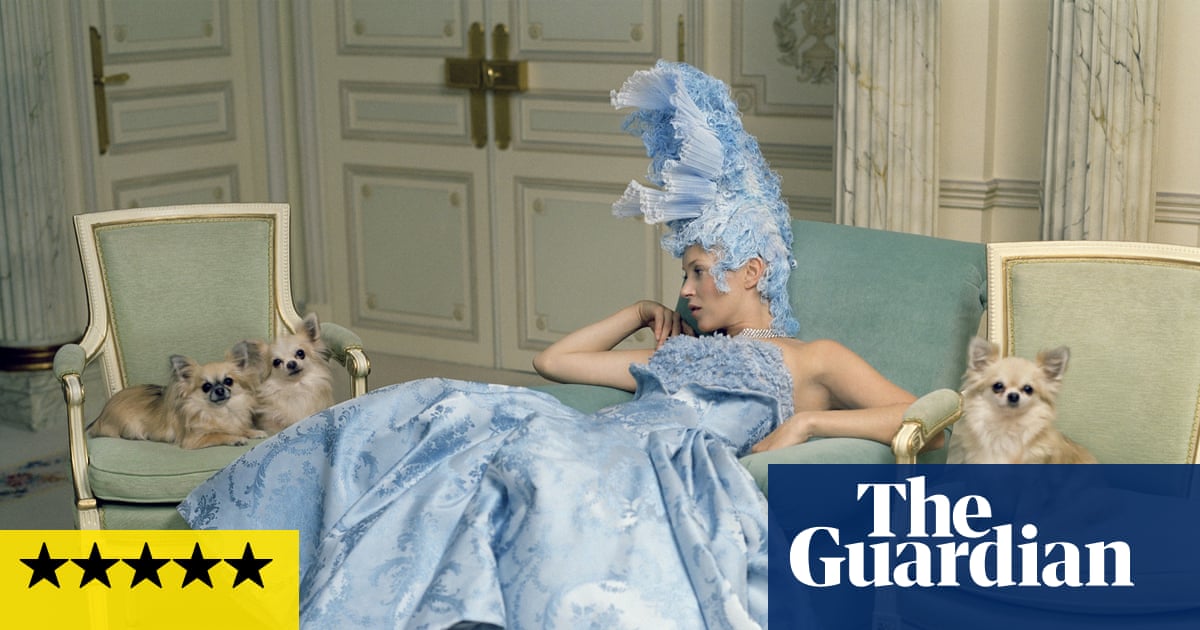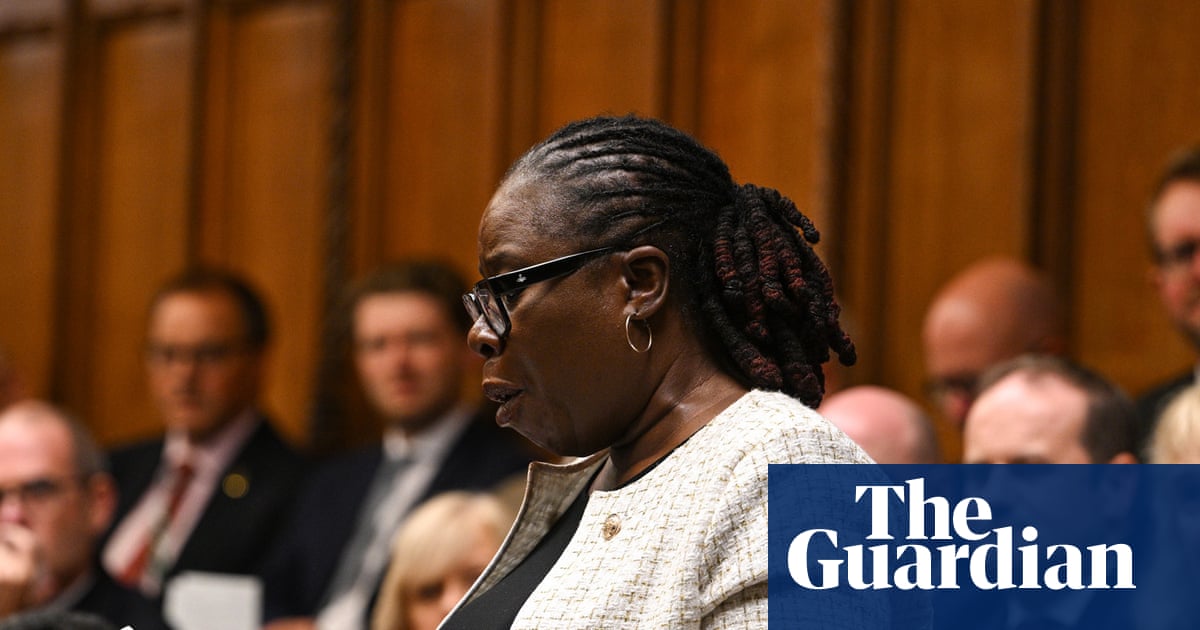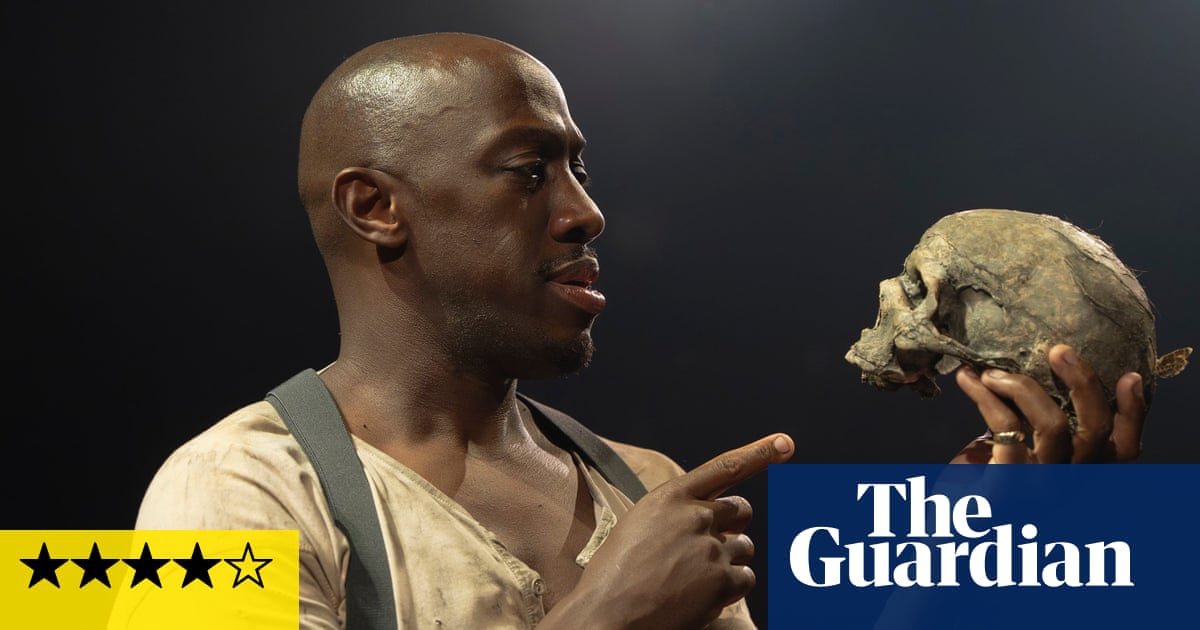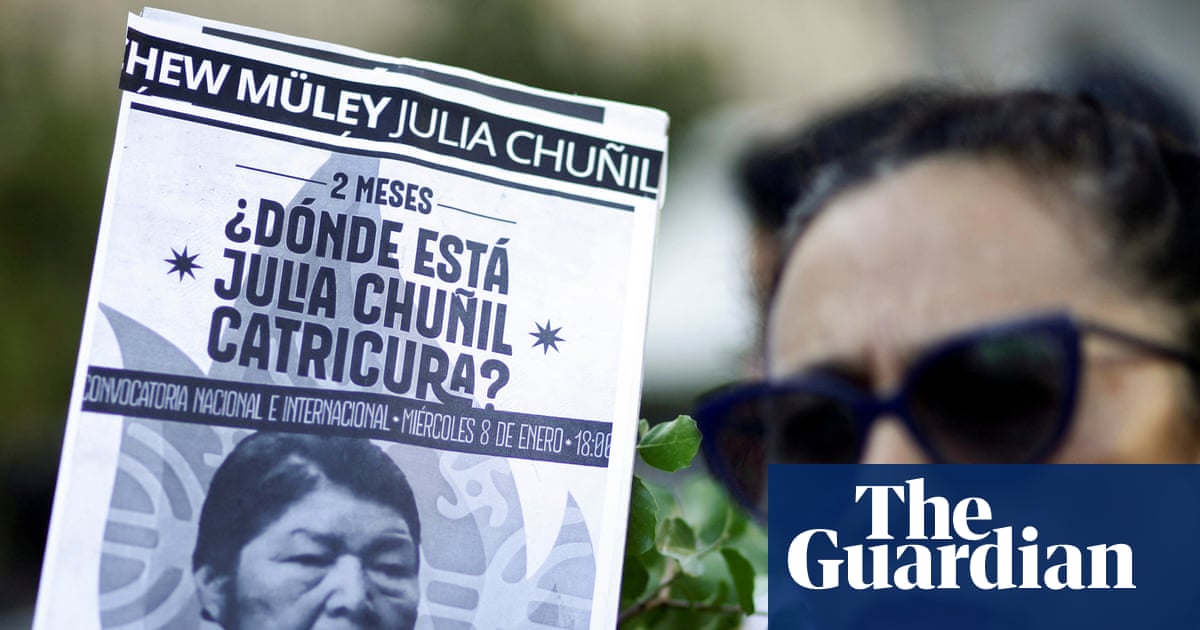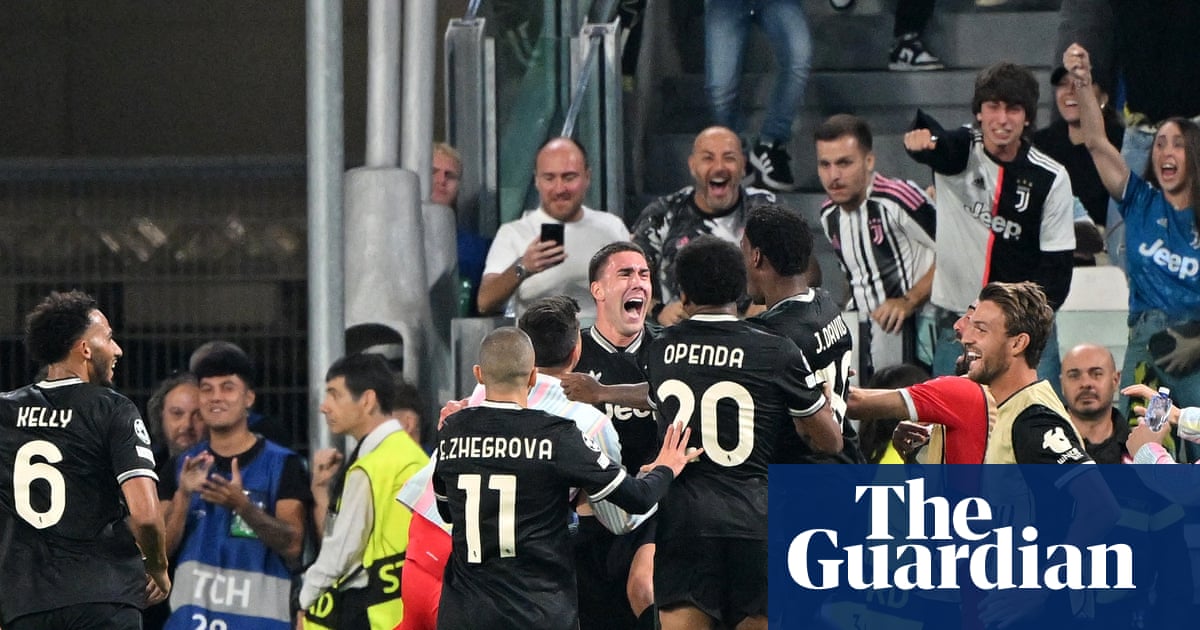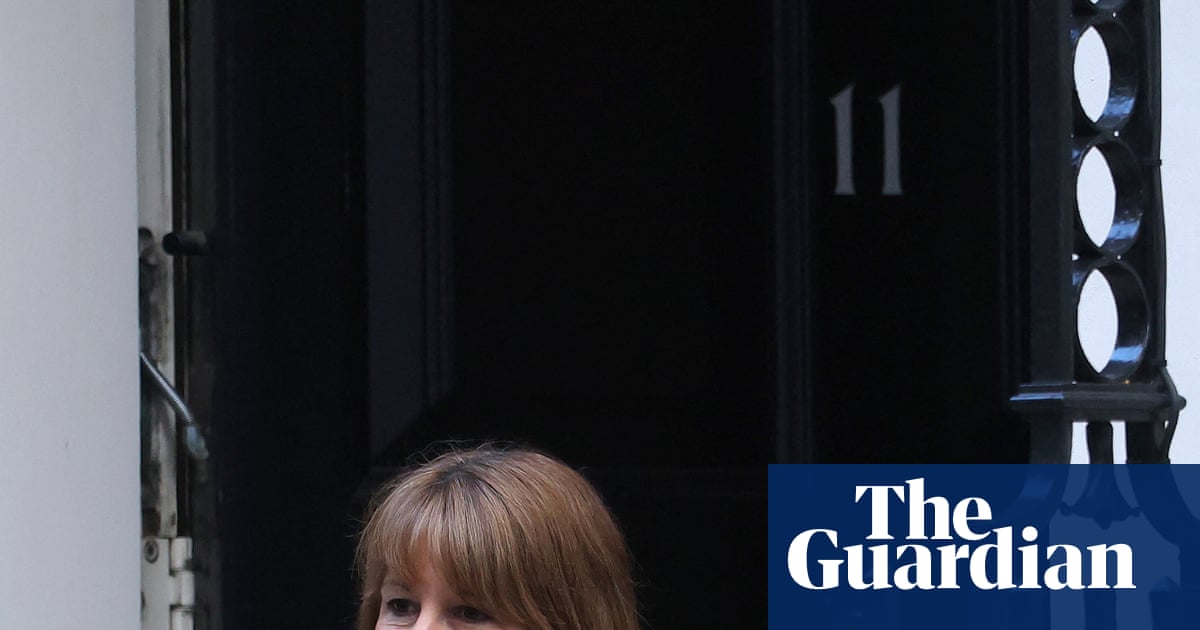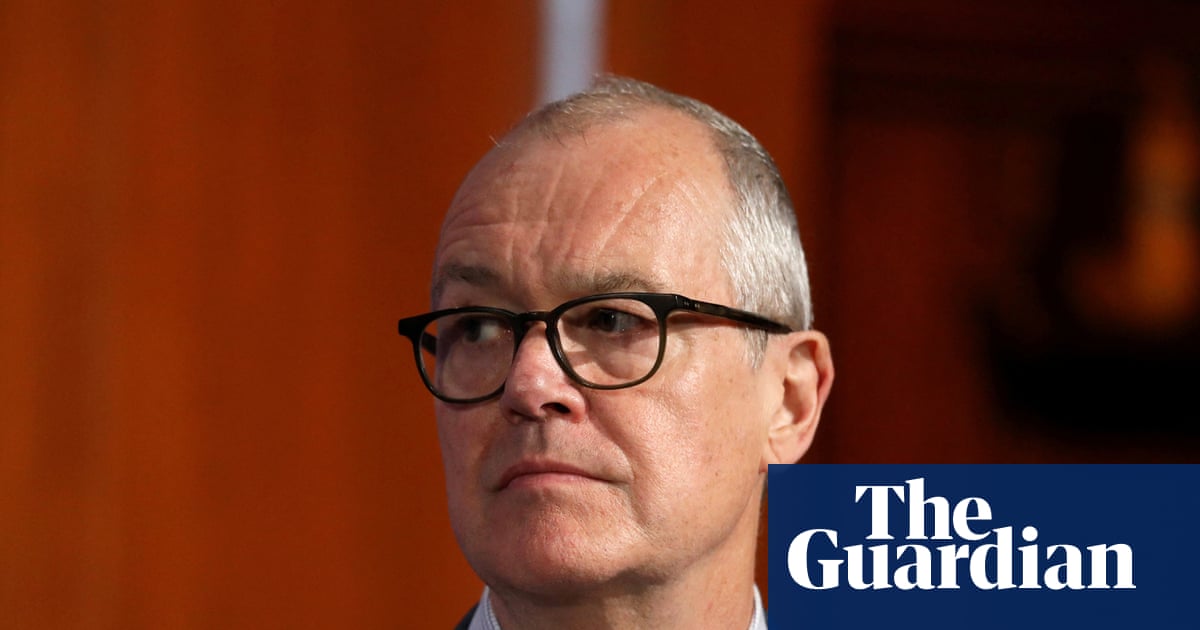I narrowly avoided being “relieved on” by a seagull in Liverpool. Another critic pulled me aside just in time. But then again, she pressed the button to release the airborne poo – fake, I think – in the first place. This is Kara Chin’s funny installation in a cinema recreating the seediness of the seaside with squawking AI seagulls on video screens, chaotic electro-assemblages resembling mutant arcade machines and a floor covered with guano. Liverpool is not by the sea but close enough that seagulls provide a chorus as you walk between Liverpool Biennial art events in museums, galleries, warehouses and community centres.
I can’t see the Liver Birds on the skyline without remembering the first time I visited this city as small child, seeing my aunt off on a voyage across the Atlantic, from docks that then loomed with massive ships. Proustian memories of the biggest city I knew as a child return with a vengeance in a raw warehouse space where Turkish artist Cevdet Erek has created a homage to the noise and intensity of soccer crowds. He loves football and loud music. I meet him there and he enthuses about attending Anfield as research, and being inspired by a track on Pink Floyd’s Meddle. Flashbacks of matches with my dad surge.
But Erek’s installion is not a literal portrayal of a football game. Instead it transfigures the noise and tension of a big match. The space is dominated by an arena made of brown, earthy bricks while a pounding soundtrack pumps from speakers in its seating areas. It’s eerie and seems ancient, for the pebbly arena and stands make you think as much of gladiatorial games as modern soccer. Vicious drums increase the menace. But there are no people. It’s a ruin excavated in the desert, to which a Floyd of the future have come to perform to the empty air.
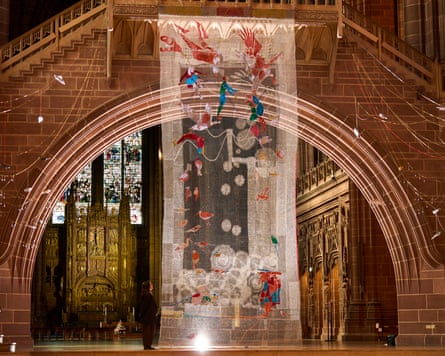
The 2025 Liverpool Biennial is entitled Bedrock and its best moments come when artists engage with the emotional bedrock of Liverpool itself – from football to religion. Is there a difference? At Bluecoat contemporary arts centre, Amy Claire Mills shows a bright, booming mural of Liverpool’s coat of arms, reproducing its surreal mythology in which the sea god Neptune, a merman, dolphins and, of course, the Liver Birds all feature.
Yet by and large the freshest experiences are to be had in site-specific works outside galleries and museums. The Walker Art Gallery’s Biennial show of unmemorable art is eclipsed by the likes of Hogarth and Millais in its collection. Nour Bishouty has placed a wooden sculpture of a gazelle-like animal, inlaid with mother of pearl, on a plinth below a painting of an outsized ox by Liverpool-born 18th-century artist George Stubbs. Past beats present here.
But enter Liverpool’s Anglican cathedral, with its stupendous interior by Giles Gilbert Scott, and you see a veil of colour suspended against its brown craggy heights, a woven work by Cypriot artist Maria Loizidou that depicts people being raised up by angels into the heavens. Its imagery of redemption is positively medieval. Taking religion seriously turns out to be the freshest, most surprisingly successful aspect of this art festival in a multi-faith city.
On the Liverpool skyline you can sometimes see both Scott’s neo-medieval pile and the more graceful modernist Catholic cathedral. In the best artwork of the Biennial, Turner prize winner Elizabeth Price explores a question that might not occur to many people but she makes fascinating: how did Britain’s Catholic communities come to build so many modernist churches?
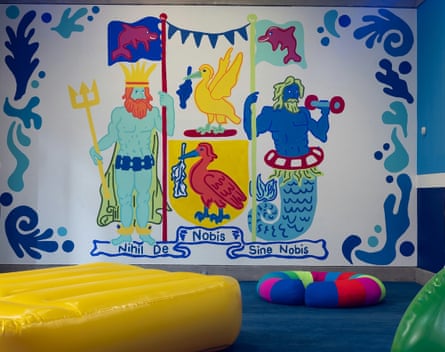
Her film, in a darkened hall in Liverpool’s Chinatown, uses a suspenseful soundtrack, digital graphics and sinister negative images to ponder this. As Irish Catholic immigration to Britain increased in the 20th century, the growing community had to remedy a lack of Catholic churches. A new one was built around a century ago on Anglesey, the first stop for many Irish immigrants arriving by sea. Price tries to understand why it took a radical modernist form, an upturned ship’s hull moulded in concrete by an Italian architect. She relates it to military architecture, including airship hangars, and the music becomes more threatening. Yet she doesn’t seem satisfied with her own answers – and as a drum throbs, the colours and negative saturation get ever more lurid. For a moment I expected a horror ending, a murder in the cathedral.
Instead she takes you inside some of the churches to see their mysticism enhanced by her effects, and it dawns on you. The supernatural force haunting these spaces is – can it be … God?
I’d always thought of Price as a gothic artist. But just as William Peter Blatty, author of The Exorcist, was trying to promote the Catholic faith, so in this compelling artwork Price appears to reveal that she is, and always has been, a religious artist.
Outside this city roars, profane and riotous, but under the skin it has a soul. The Liverpool Biennial has a lot of forgettable art in it. But at its best it cuts not just to the architectural but the spiritual heart of Liverpool. Huge as that heart is.

.png) 3 months ago
46
3 months ago
46
